
For inventors, by inventors. Go Gear Direct is a marketplace built to help inventors launch new outdoor gear and firearm accessories as well as to provide access to proven, high quality gear by seasoned American Made brands.
From old favorites to new classics, our shotguns editor and hunting editor teamed up to pick the best waterfowl shotguns of all time
Beauty is in the eye of the beholder, and what’s beautiful in the duck marsh or goose pit is the gun that works, no matter how harsh the conditions. Picking the 15 best of anything isn’t easy, and with waterfowl guns we’ve got 120 years worth of history to consider, from the Model 1897 Winchester, the first pump for smokeless powder, to the high-tech 3 ½-inch semi-autos of today. The guns on this list have proven their worth over countless sunrises, and they will not fail you. They are not listed in any particular order. —P.B.
1. Remington 870
I’ve seen the ubiquitous 870 everywhere, from the bottom of duck boats to the gun rack at a billionaire’s duck camp. It’s earned its popularity by being slick and reliable in any weather and by being made in numbers so great—11 million and counting—that it’s almost statistically impossible not to own one. Originally part of a “family” of rifles and shotguns that shared common parts, the 870 was built on the receiver of a 16-gauge 11-48, which explains its trim lines. They have been made in Ilion, New York since 1950. Apple pie is as American as an 870. Mine, a Super Mag, waits faithfully at home for the days it’s too cold for any other gun to work. -P.D.
2. Winchester Model 12
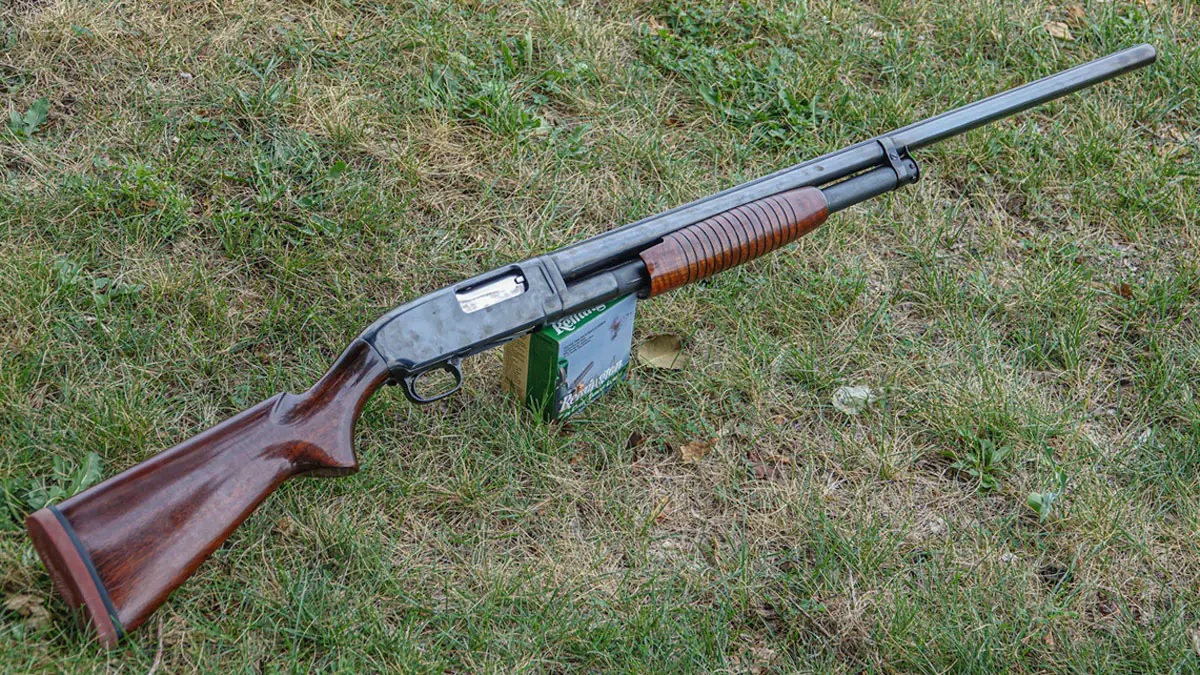
The Model 12, billed as the “perfect repeater,” is widely and correctly acknowledged as the greatest pump gun ever made. Sure pointing and wonderfully slick, the Model 12 was the gun to have among waterfowlers through the first half of the 20th century. While most were plain-barreled, 2 ¾ inch guns, the Heavy Duck model, with its solid rib, three-inch chamber, and steel magazine plug for extra weight, was the ultimate in waterfowl weaponry until the 3 ½-inch magnum came along. There were nearly 2 millions Model 12s made between 1912 and 1964, and they aren’t hard to find if you want to add a touch of retro-greatness to your next duck hunt. —P.B.
3. Browning BPS
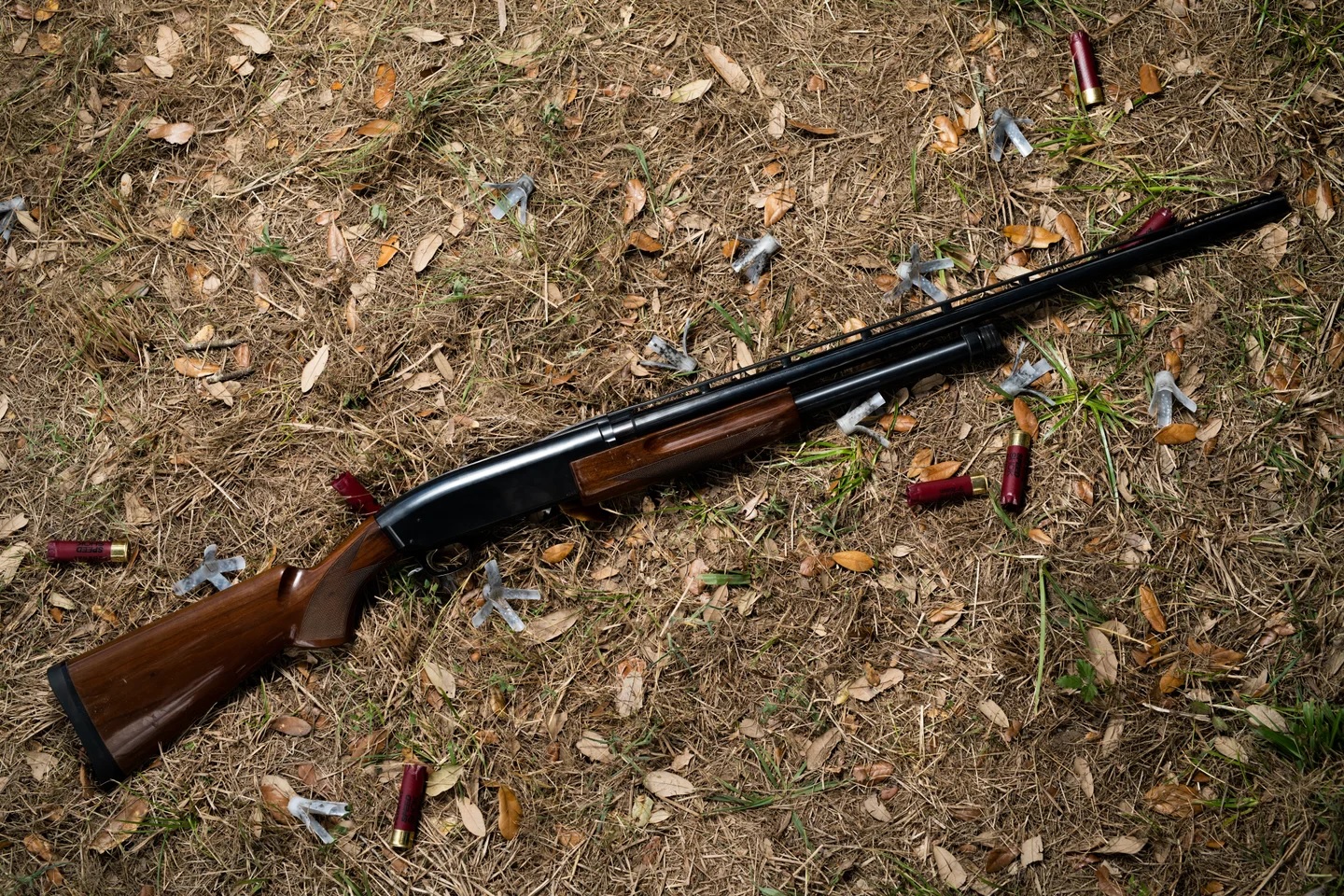
The Browning Pump Shotgun—best known simply as the BPS—has been marketed as a waterfowl piece from the outset. Similar to the Ithaca Model 37 (which John M. Browning also designed), the BPS both loads and ejects from the bottom of the receiver. With a tang-mounted sliding safety, the gun is truly ambidextrous. It has been made in everything from .410 bore to 10 gauge, and with a variety of barrel lengths and stock configurations, including camo synthetic for modern waterfowlers. If the BPS has a flaw, it’s a bit more difficult to disassemble, clean, and reassemble than other pump-gun designs—but that’s seldom a problem in a duck blind. —W.B.
4. Browning A-5
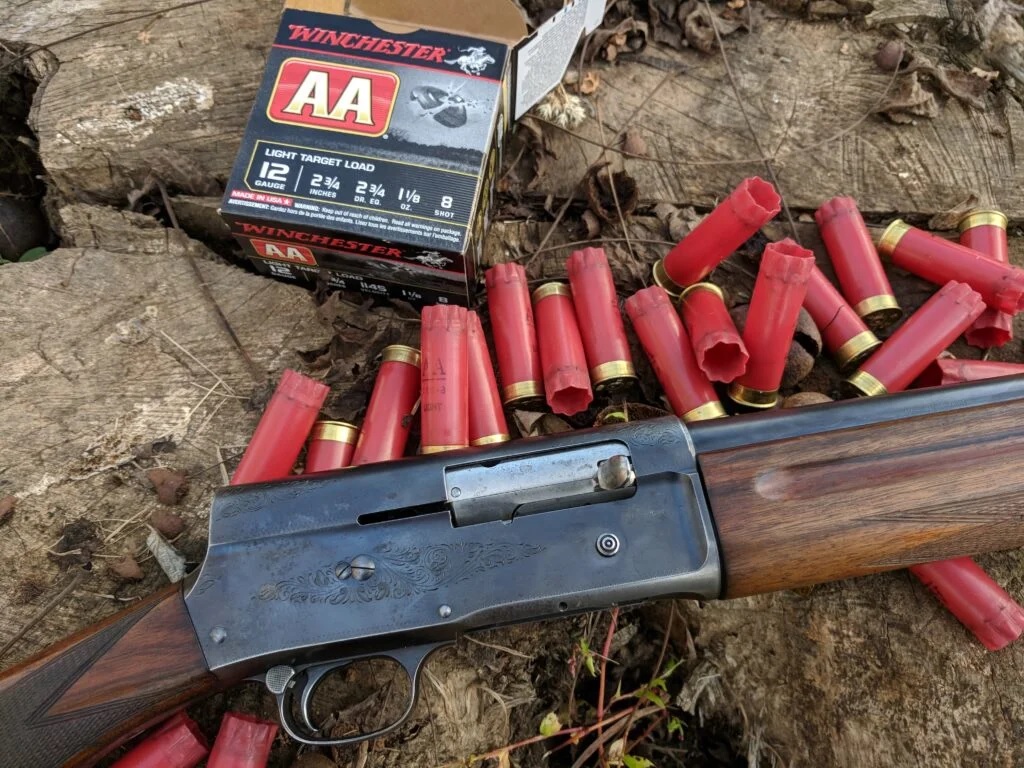
The recoil-operated, humpbacked Auto-5 was the first successful semi-automatic shotgun—and some would argue, one of history’s all-time best gun designs. Introduced in 1905, the original A-5 design remained in production until 1988, though Browning continued with some special runs of the gun in the years after that. The Remington Model 11 was a licensed copy of the original design. Few guns that were used in the days of market hunting and prior to steel shot are still widely seen in duck blinds today, but the original A-5 often is. A modern, inertia-driven version gun of the same name (but a much different design) debuted in 2011, and is still in the Browning product catalog. —W.B.
5. Winchester Super X2
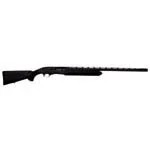
Winchester modeled the outside of the X2 after the classic Super X1 and gave it the innards of the Browning Gold, resulting in a gun with old-school good looks and modern 3 ½-inch capabilities. It was the first really good 3-½ inch gas gun, and its heavy weight helped make it a soft-shooting, easy swinging duck gun. The subsequent X3 and X4 have only gotten lighter and uglier, making this one—I’ve owned three—the pick of the litter. —P.B.
6. Ithaca Mag 10
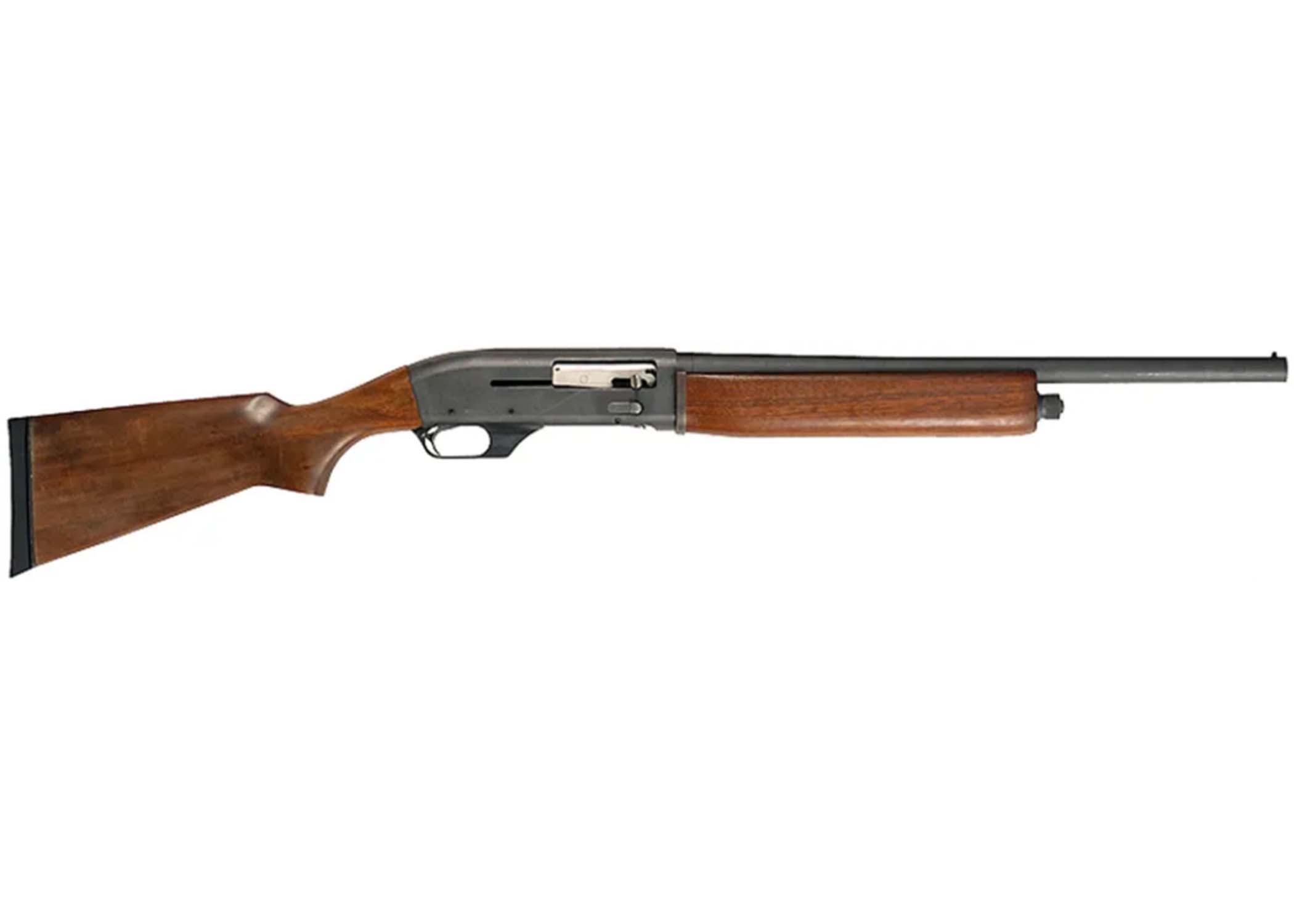
)
Ithaca’s Mag 10 tamed the 2 ¼-ounce lead 10-gauge magnum shell better than any gun. Shooting one, the sensation was as a firm shove backward, as if a giant laid one finger on your shoulder. Made from 1975 to 1989, the Mag 10 was the favorite of a fanatical few goose and turkey hunters, but never a big seller. When steel shot arrived, Remington bought the Mag 10 patent, redesigned it extensively, and introduced it as the excellent SP10, which, unfortunately, couldn’t compete with lighter, more versatile (if much harder kicking) 3 ½-inch 12s. —P.B.
7. Benelli Super Black Eagle
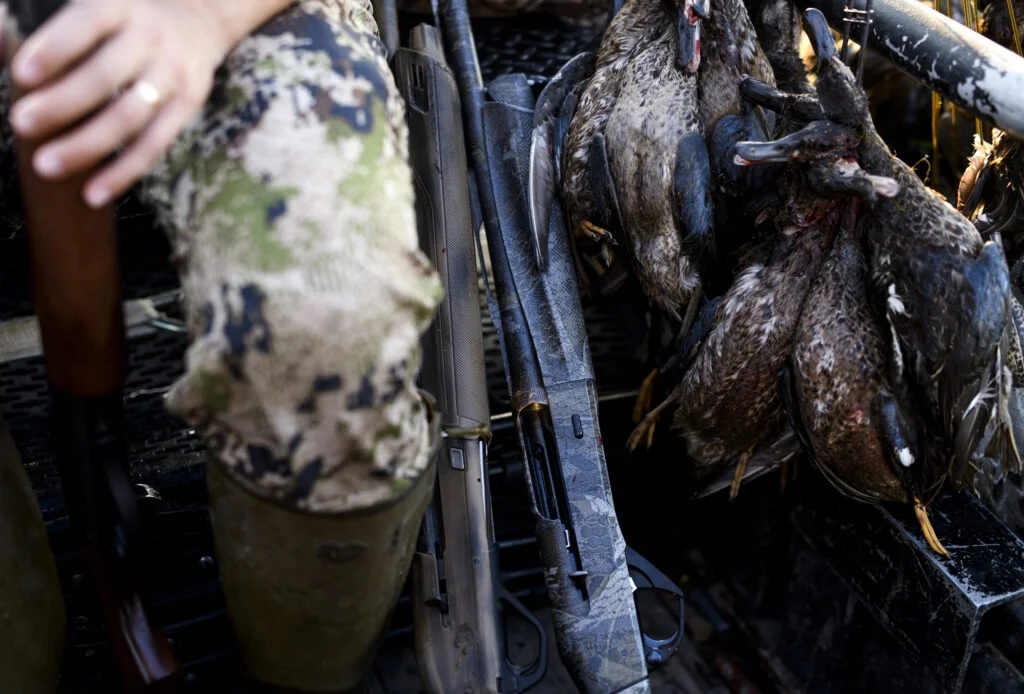
The first semi-automatic designed for 3 ½-inch shells is from an Italian company that has since dominated the modern American waterfowl gun market. Now in its third iteration, the Super Black Eagle is an inertia-driven gun that will function with 2 ¾-inch dove loads all the way up to the heaviest goose loads, without the gunk and fouling associated with gas-operated shotguns. The inertia system, by nature, kicks and so advancements to the design have largely centered around recoil reduction. The gun is and has always been expensive, but it’s proof that serious hunters are willing to pay for performance. —W.B.
8. Beretta A400
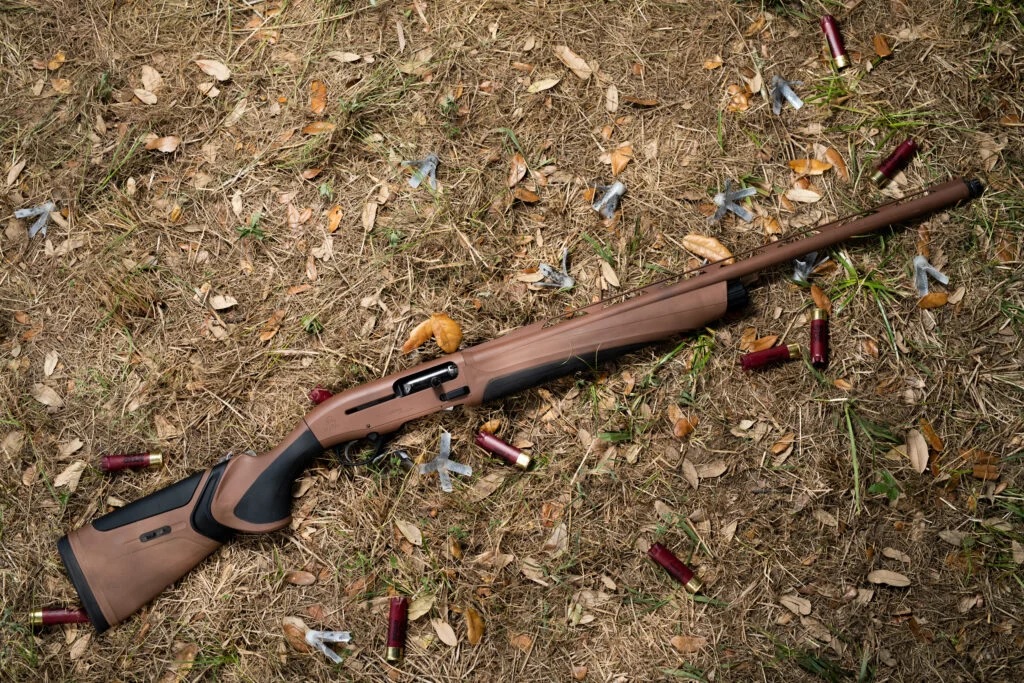
The problem with 3 ½-inch 12-gauge shells is that they administer a beating on par with elephant rifles, particularly out of pump-action and inertia-driven semi-automatics. The 3 ½-inch Beretta A400 Xtreme is one of the softest-shooting duck guns in the marsh, thanks in part to Beretta’s “kick-off” technology, which uses spring-loaded shock absorbers to help soften recoil; that it’s a gas-operated gun helps, too. It’s also famously reliable with even the lightest 2 ¾-inch loads. —W.B.
9. Remington 1100 and 11-87
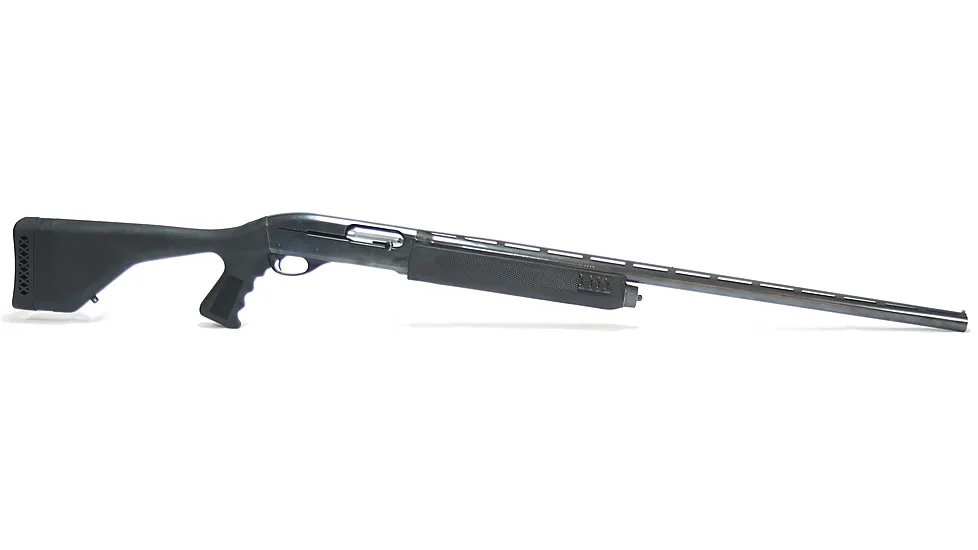
In 1963 Remington changed shotgunning forever when it introduced the first reliable gas operated semi-auto. Designed with the aid of computers, the 1100 was cutting-edge, and its soft recoil instantly made it a hit with target shooters and waterfowl hunters. Great as the 1100 was, it wasn’t the ultimate, as you still had to swap barrels when you switched from 2 ¾-inch to 3-inch shells. The 11-87 solved that problem in 1987, adding a pressure-compensated piston that let one 3-inch barrel handle all loads. I still believe the 1100-11/87 to be the softest shooting semi-auto of all. —P.B.
10. Beretta 302-303

Beretta’s 300 series guns are so durable and reliable they became the only choice of gas gun target shooters, and a favorite among high-volume wingshooters as well. Those same qualities made them excellent waterfowl guns. In fact, back in the 80s the 302 and 303 were so good that when Browning decided it couldn’t beat Beretta with a gas gun of its own, it had Beretta put a humpback on the 302 and called it the B-80. I have one of each, a B-80 and a 302 or, if I switch barrels, a pair of Brownettas, as such a hybrid is known. —P.B.
11. Super Fox HE Grade

I’m reluctant to include a two-shot antique in a rundown of “the best” duck guns, but there is something special about a 3-inch HE Super Fox. Nash Buckingham’s Bo Whoop, the most famous duck gun in history, was an HE Grade Super Fox, built specifically for the new (at the time) Super X 3-inch magnum load of No. 4 lead shot. I used Bo Whoop during a Mississippi duck hunt a few seasons ago, albeit with modern Bismuth shotshells. It was the most exciting assignment of my career. The 9 ½-pound gun with double triggers and no safety pointed and settled on ducks in a way that a synthetic autoloader simply cannot. I get chills just thinking about it. —W.B.
12. Ithaca NID 10-gauge

When Winchester decided to load a new, 3 ½-inch 10-gauge magnum shell in the ’30s (standard 10s were 2 7/8 inches) they went looking for a gun strong enough to chamber the new shell. Ithaca complied with a beefed-up 10-gauge version of their NID (New Ithaca Double), a massive 10-plus-pound side-by-side with 32-inch barrels. About 800 were built between 1932 and 1942. Although there were never many in the first place, they do still pop up used from time to time for $2,500 or so if you absolutely have to have something old, cool, and different to break out in the goose pit. —P.B.
13. Mossberg 835

When I first began duck hunting in college, my buddy had an 835. We once legitimately used it as a boat paddle, and he routinely left it in the bed of my truck—with no case—for days at a time between hunts. It handled like a waterlogged 2x4, and we lovingly called it “the Moose Turd.” Yet, despite its abusive maintenance schedule, I never saw it malfunction in any way, and it caused the demise of many ducks. The 835 was the first 3 ½-inch pump shotgun, and it’s still going strong today. The barrel is over bored and ported. My buddy’s gun had a 24-inch barrel (it was really a turkey gun), and it was obnoxiously loud. I’d get the 28-inch waterfowl version if I were buying today. —W.B.
14. Remington VersaMax

Having hit home runs with the 1100 and the 11-87, Remington struck out with the 3 ½ inch 11-87 Super Magnum and as a result trailed badly in the 3 ½ inch magnum race for many years. With the Versa Max in 2010, Remington caught up. Their version of the 3 ½ all-load semi-auto uses a series of seven ports in the chamber. The longer the shell, the more ports it covers, limiting the amount of gas bleeding into the action. It’s simple and it works, allowing the VersaMax to shoot all loads reliably, and with a huge reduction in felt recoil. I have shot the VersaMax in Canada, where you can burn through shells by the box, and it is gentle on the shoulder and hard on the birds. It’s a homely gun, but an exceptionally faithful one. —P.B.
15. Winchester Model 87

The Model 1897 wasn’t the very first pump-action shotgun, but it was the first one that really mattered to duck hunters. Another John M. Browning design, the gun had an exposed hammer and was fit for use with then-new smokeless powder. It’s maybe best known for the short-barreled trench gun versions used in World War I, but it was available with barrel lengths as long as 36 inches (though most hunting guns were 28 to 30 inches). The Model 97 was around during the heyday of market hunting, but production ceased in 1957, years before the non-toxic shot mandate for waterfowl hunting. Though it’s rare to see a Model 97, or much of anything with exposed hammers, in a duck blind today, virtually every modern pump gun is influenced by the design. That alone earns it a place on the list. —W.B.
Written by Phil Bourjaily for Field & Stream and legally licensed through the Matcha publisher network. Please direct all licensing questions to [email protected].
The information below is required for social login
Create New Account